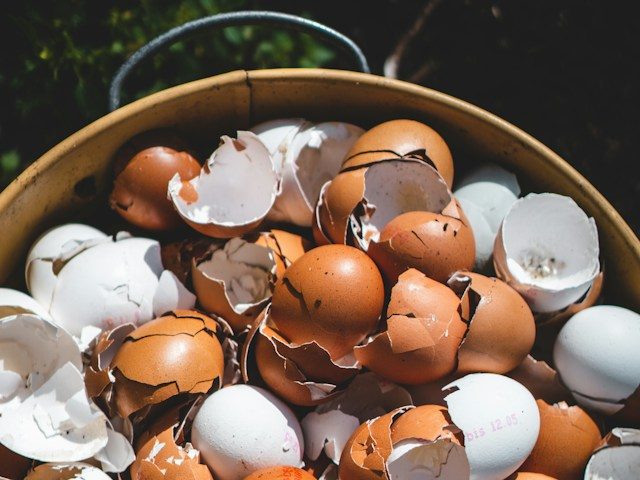
Common Houseplant Mistakes
We all make mistakes sometimes, and for most of us it’s how we learn best. Looking after houseplants isn’t any different to anything else in life, there’s mistakes to be made and learnt from around every corner. In this post we’re going to go through some of the most common houseplant mistakes that we’ve made, and we’ve seen others make, so you can learn without harming your beloved houseplants.
1. Not understanding light levels
This may come as a shock but direct sunlight isn’t actually great for most plant types. There seems to be this misconception that the more light the better. But this couldn’t be further from the truth. Direct light becomes very intense during summer and can very easily burn and scorch the leaves of your plant (which is irreversible btw!).
So before you go putting all your houseplants right next to the window, take a moment to research what light level is actually best for your plant. An easy way to do this is by looking in our Plant Index for your specific plants and their needs.
There is a lot more to light levels than you may first realise. It depends on where your window is facing, what time of year it is and many other factors. We have written a whole chapter to help you understand different light levels in our downloadable ebook so you never have to worry about leaf burn or stunted growth again.
2. Using plastic pots
9 times out of 10 when you buy a new plant it will come in a plastic pot. These are great for plant nurseries and shops as they are lightweight, cheap and don’t break. However, this doesn’t mean they will make a good home for your plant in the long term. Think of these plastic pots as a starter flat. Good for a while but doesn’t really fit the needs for years and years.
Plastic pots keep in every drop of moisture and can very easily lead to waterlogged soil and root rot. You are much better off using terracotta pots as they let some of the water escape out of the side. It makes overwatering less of a risk to your plant. They also look great too and mean you don’t have to search for the perfect planters to cover up the cheap plastic pots.
3. Forgetting to check root health
Think of your plant like an iceberg (yes, that old-age analogy!). Although you may only marvel at the incredible gorgeous green leaves of your plant, you must remember that a lot goes on underneath the soil too. In fact, the roots are the most important part of your plant as they provide the nutrients for growth, absorb the water and stabilize the plant. Without a healthy root system, your plant will struggle to thrive.
So why, if the roots are so important, do we never check them? Maybe it’s because it can be a little mucky to take the plant out of its pot and we like to assume if the leaves are healthy then the roots must be too. But we encourage you all to check over your plant’s roots every few months, or more if you notice any changes with your plant. Check they are not overcrowded or turning mushy and it will mean you can spot any problems early!
4. Not cleaning the leaves enough
Plants are dust magnets, especially ones with large flat leaves such as Monsteras or Fiddle Leaf Figs. Over time a layer of dust will cover the plant making the once shiny leaves look quite dull. We may not notice it as it happens gradually each day but once you notice, you’ll be shocked how bad it can get.
Dust isn’t just bad for the appearance of your plant but it can really damage its health too! The layer of dust will block out some of the sunlight that it would otherwise be getting meaning levels of photosynthesis will be lower.
We recommend cleaning your plant’s leaves with a slightly damp cloth every month or so. Make sure the water is lukewarm otherwise you may damage the leaves.
5. Forgetting to fertilise
As we established earlier, light and water aren’t enough for healthy houseplants. If you really want them to thrive, grow and produce flowers then you will need to fertilise your plants. You want to only fertilise during spring and summer as the majority of plants hibernate over winter and don’t produce much growth.
There are a few different types of fertiliser: water-soluble which you dilute into the water you are giving your plants and granular which you put into the potting mix. You can find out more about how and when to fertilise your plants in our complete houseplant care ebook.
Those are the 5 most common mistakes that people make when caring for their plants. These mistakes won’t always damage or kill your houseplants but it is good to add them to your care routine every once in a while. It will mean you can spot warning signs of problems early and will hopefully mean your plant can grow bigger, longer, or taller!














